Battle of Shepherdstown or The Battle of Boteler's Ford
Introduction
Text-to-speech Audio
Images
Map of the Battle of Shepherdstown by the Civil War Trust
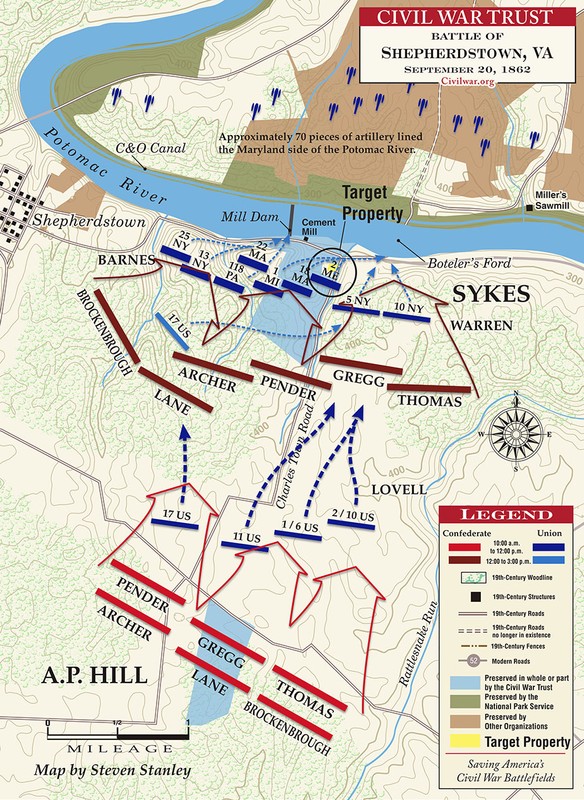
Looking across Potomac at the Cement Mill. The wooden mill dam is on the right.
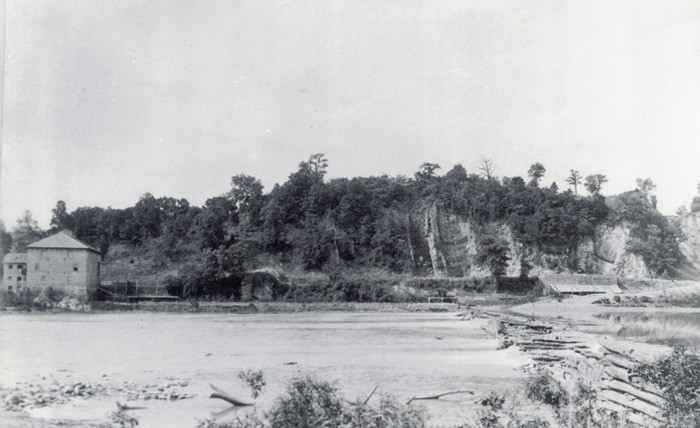
Markers for the battle
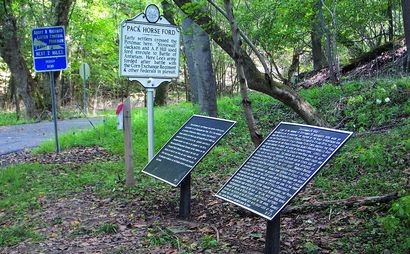
WV Historical Markers

An article from The Times (Philadelphia, PA) newspaper with personal description of the Battle of Shepherdstown. Dated September 19, 1897
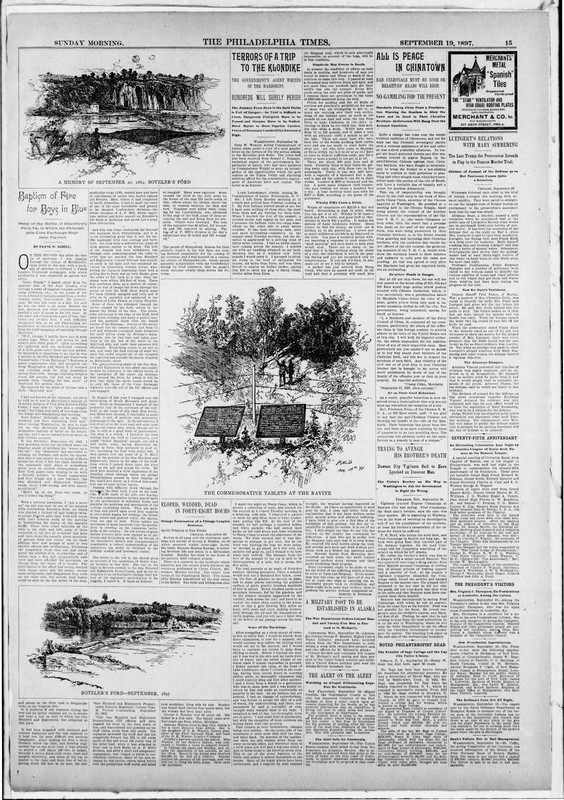
Union General George McClellan
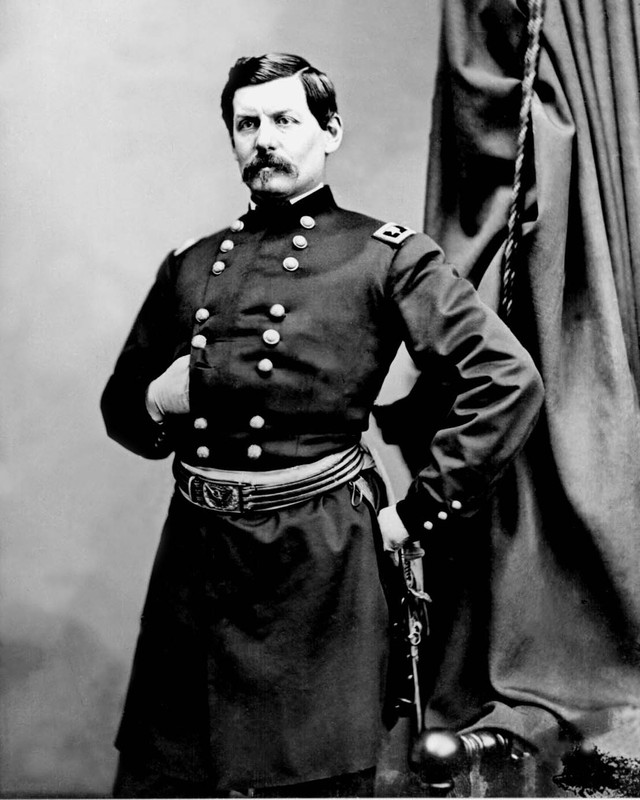
Union General Fitz John Porter

Union General George Sykes

Confederate General Robert E. Lee
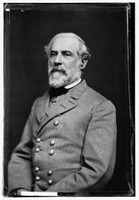
Confederate General A.P. Hill

Confederate General William Pendleton
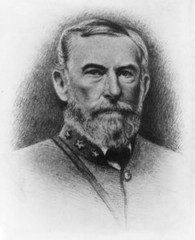
Backstory and Context
Text-to-speech Audio
The geography surrounding Boteler’s Ford helps to explain the battle's intensity. Hills dominate the Maryland (northern) side, and the C&O Canal lay between those hills and the Potomac River. A narrow road dropped from the hills and approached the ford. A description of the ford from a participant of the battle states that the ford was “[300 yards in width and 3 foot in depth].”1 Upstream from the ford was a wooden dam. On the Virginia side, a narrow road followed the river, turning and winding steeply up bluffs that dominated that side of the river. A former cement mill and its associated limekilns sat between the river and the bluffs.
Once his troops had successfully crossed the river, General Lee continued south, leaving Brigadier General William Pendleton to hold the ford. Pendleton’s units consisted of 44 canons of various style, 33 of which he was able to position, and two undermanned infantry brigades.2 On the Maryland side, Union forces positioned nearly 70 artillery pieces. Union artillery possessed a greater firing range, and would eventually drive the Confederate pieces from the field.3 In the early evening of the 19th Union sharpshooters and an infantry unit crossed the ford, scattering the Confederate infantry and taking up positions on top of the bluffs. Confederate artillery pieces were hastily moved with no plan toward reestablishing position. With his depleted Infantry giving ground and his artillery scattered, Confederate General Pendleton panicked and went searching for someone who could provide help for his beleaguered units.4 By the end of the day the Union units had returned to the Maryland side of the river, bringing a close to the events of September 19th.
Understanding that Union forces would cross the river in force the next morning, Confederate General “Stonewall” Jackson ordered General A.P. Hill to Boteler’s Ford. At 6:30 AM on the 20th, Hill placed his forces in two rows of three brigades each a half mile away from the ford.5 Union forces began advancing across the ford early that morning.
Problems soon arose as various Federal units did not move out in the desired sequence. General George Sykes lead his infantry across the Potomac alongside the cavalry that was supposed to have scouted the far bank before they crossed.6 Once across the river, Sykes’s men moved toward Shepherdstown on the river road. A brigade under Major Charles Lovell established a picket one mile from the ford.7 More Union troops moved across the river. Among the Union regiments that had forded the river, were the 118th Pennsylvania. Because the regiment had been funded by the Philadelphia Corn Exchange, they were referred to as the “Corn Exchange Regiment.” Recently raised the regiment had existed for less than two months.8
Confederate units advanced despite heavy Union artillery fire. Pushing toward the Union men who were now caught between a Confederate advance and the Potomac River. Union artillery accidentally bombarded their own men, many of whom had sought shelter in the limekilns near the cement plant. Union commanders ordered a retreat. The 118th Pennsylvania suffered mightily. Many of their rifles were defective, and failed to fire while Hill’s infantry continued their assault.9 Fighting continued until midafternoon. In the end, Union forces were pushed back across the Potomac.
While casualty rates for the Battle of Shepherdstown pale in comparison to those at Antietam, they were enough to discourage General McClellan not to pursue Lee further, instead turning to the task of reorganizing his equally battered army. Confederate losses were 36 killed, 276 wounded, and 6 captured or missing. Union losses were 73 killed, 163 wounded, and 132 captured or missing.10
The Battle of Shepherdstown was a significant development, despite living in the shadow of the America's bloodiest single day less than 48 hours before. Many historians in the intervening century and a half have argued that a more vigorous and intelligent pursuit by McClellan could have crushed Lee's vulnerable army and ended the war much sooner.
The campaign’s combined losses (Harper's Ferry, Antietam, South Mountain, and Shepherdstown) convinced McClellan not to pursue Lee into Virginia, a decision that contributed greatly to President Lincoln dismissal of McClellan before the year was out.
Though the battlefield itself lacks much active interpretation, recent land purchases by the Civil War Trust indicate that further preservation, educational elements, and visitor experiences may be in development. Several sites in downtown Shepherdstown contain information on the battle, including the Historic Shepherdstown Museum.
Sources
1. Captain Isaac W. Heysinger, M.A., M.D., Antietam and The Maryland and Virginia Campaign of 1862, (NEW YORK: THE NEALE PUBLISHING COMPANY, 1912), 152. Google Play.
2. David A. Norris, “Battle of Shepherstown”, America’s Civil War Magazine, The Civil War Trust (September 2005) Accessed March 7, 2015, http://www.civilwar.org/battlefields/index/shepherdstown-history-articles/battle-of-shepherdstown.ht...
3. Thomas McGrath, “The Battle of Shepherdstown”, e-WV: The West Virginia Encyclopedia. 29 April 2014. Web. 07 March 2015. http://www.wvencyclopedia.org/articles/2403
4. David A. Norris, “Battle of Shepherdstown”
5. General Bradley T. Johnson, The First Maryland Campaign, (Richmond: Wm. Ellis Jones, Book and Job Printer, 1884), 37. Google Play
6. David A. Norris, “Battle of Shepherdstown”
7. David A. Norris, “Battle of Shepherdstown”
8. David A. Norris, “Battle of Shepherdstown”
9. David A. Norris, “Battle of Shepherdstown”
10. Noyalas, J. A. "Battle of Shepherdstown." Encyclopedia Virginia. Virginia Foundation for the Humanities, 30 Apr. 2012. Web. 7 Mar. 2015. http://www.encyclopediaVirginia.org/Shepherdstown_Battle_of
11. D. Scott Hartwig, “The Maryland Campaign of 1862”, The Civil War Trust (2014) Accessed March 7, 2015, http://www.civilwar.org/battlefields/antietam/history/the-maryland-campaign-of-1862.html
"West Virginia's Sesquicentennial Highway Historical Markers." Accessed September 25, 2020. http://www.wvculture.org/history/markers/sesqui/battleofbotelersford.html.
